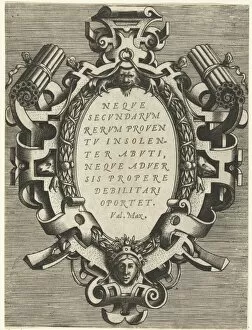Mascaron Collection
A mascaron is not just a mere ornament, but a captivating piece of art that adds character and charm to various architectural structures around the world
All Professionally Made to Order for Quick Shipping
A mascaron is not just a mere ornament, but a captivating piece of art that adds character and charm to various architectural structures around the world. From the Palazzo Te courtyard in Mantua to the Art Nouveau style buildings, these intricate details never fail to catch our attention. One cannot help but be mesmerized by the delicate features of a mascaron ornament on the main facade of a building. Its subtle elegance speaks volumes about the craftsmanship involved in its creation. Similarly, at Kohunlich's Temple of Mascarones, an architectural mask transports us back in time, reminding us of ancient cultures and their rich history. Intriguingly enough, even monumental vases have been adorned with mascarons throughout history. One such vase commemorates the defeat of Turks by King's troops in 1664 - a symbol of victory immortalized through art. But they are not limited to historical significance alone; they also find their place in more contemporary settings. Take for instance Jules Mascaron's works - his creations exude creativity and innovation that transcend time. Moving from Parisian landscapes captured under new bridges to gateways leading into prestigious institutions like Lycee Louis Le Grand, mascarons continue to leave an indelible mark on our surroundings. Whether it is their ornate designs or symbolic representations, mascarons hold immense cultural value wherever they are found. These captivating ornaments serve as reminders of our past while adding beauty and intrigue to our present-day architecture.
























